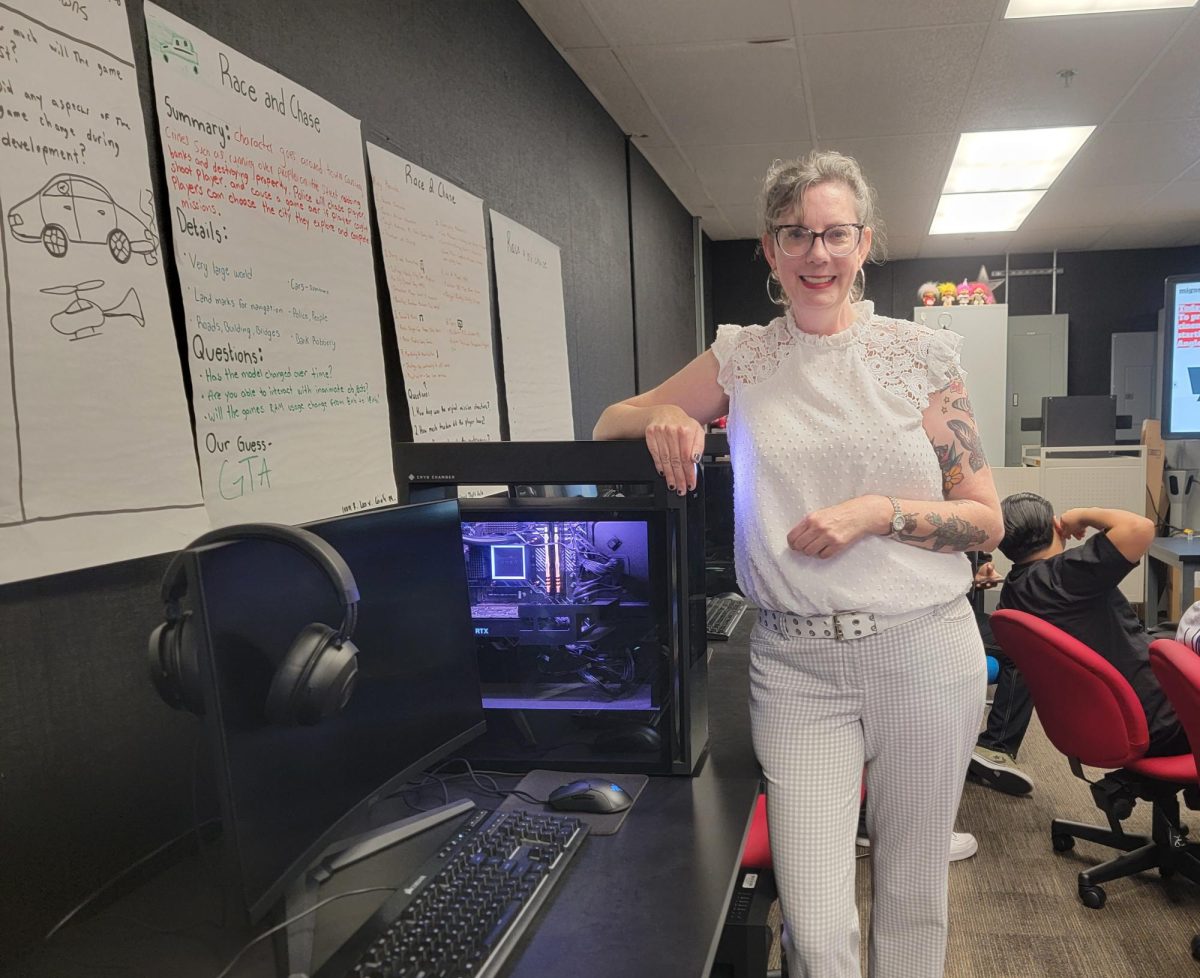You are a teacher staying up late working on lesson plans and making sure everything is in check. You note how you’re missing some strings for your assignment, and you think of asking the principal to order some, but that would take too long. The assignment starts tomorrow, so you grab your wallet and take a trip to the nearest dollar store.
Teachers are part of the building blocks of our education; they help students of all generations learn about basic life skills and guide them in discovering their future careers. While they are normally provided with the tools needed, most will go out and buy a few more items to improve lessons and make their teaching life easier.
US News states how teachers spend hundreds of dollars out of their pocket for necessities and how teachers have a “classroom budget” that they can use to buy supplies and anything else that they may need.
“Typically, teachers receive a classroom budget, which varies widely from district to district, state to state. That budget has to cover everything from pencils to name tags to curriculum needs and all the things needed to create a bright, exciting learning space,” the article said.
Although, what do teachers at MCHS normally buy with or without the budget, and why? Keep reading to find out!
Mr. Camacho spends around $100 worth of supplies and subscriptions for his students. Mr. Gerstman spends a few hundred dollars worth of supplies and materials for his students. Ms. Holte spends around $1050 worth of supplies per year on her students. Ms. Triplett spends around $200-300 worth of supplies per semester for her students.
Teachers here at MCHS believe that overall, Principal Voight gives them a lot of supplies and makes sure that they are always supplied with items that they may need to teach.
Robotics teacher Clifford Gerstman elaborates on how he doesn’t have a big problem with supplies, although he states how he buys supplies that are needed under the wire that would take too long to receive.
“Mr. Voight is good at getting us what we need, but the problem is, sometimes you need something today, and when he says, ’I will order it for you’ it may not come for a couple of weeks. So some things I can certainly order from him and that’s fine. But some I would rather take it and get it out of the way,” Gerstman said.
Math teacher Octavio Camacho stated how he buys a yearly software subscription to generate tests for his students.
“I actually have to buy a software every year. It’s a yearly description to be able to generate tests and those fancy math symbols that you see,” Camacho said.
While most teachers use their money to buy last minute supplies, other teachers use their money for their students to make them feel comfortable as well as to make their teaching life easier.
English and AVID teacher Kathleen Peterson showed a list of items that she buys for her classroom and for her students.

While some of the items placed above are not required for her to have, she still buys them to make both her teaching experience, and her student’s learning experience, easier.
Many teachers here at MCHS love their job and their students so they go above and beyond by volunteering their time at clubs or other activities to help. But as the saying goes, “Time is money,” so they are technically spending more money for their students.
Biology and AVID teacher, Amy Holte, described how teachers spend time out of work to create lesson plans, volunteer and host clubs, and attend meetings.
“One of the things that we don’t really account for is time. If you account for time that we are not necessarily teaching, but are still working, that time comes to $61 an hour. In most careers, your time on the clock starts when you arrive and leave, but not education. We have a salary that is supposed to cover 30 minutes before and after the bell rings. But think of the time that most teachers arrive and leave school. Think of the time that they spend chaperoning events and even attending meetings. Most of that time is voluntary and generally unpaid. Also consider the amount of time educators spend creating lessons, grading and/or organizing our classrooms/Canvas. All of that is generally outside the school day and is also unpaid. I would estimate that I spend an additional 10 hours a week doing work that is outside the school day,” Holte said.
While all of the money that teachers use for their students seems like a lot, using the teacher salary document, found in the Santa Ana District, we can tell that most teachers spend less or around two percent of their salary (specific salaries untold for confidentiality).
This is still quite a lot of money as you lay out that most teachers have taxes, bills, and families that they have to take care of. This is not even counting the amount of time outside of work that they use to help you. So the next time you see a teacher, spread some appreciation for the generosity that they have for you.


































